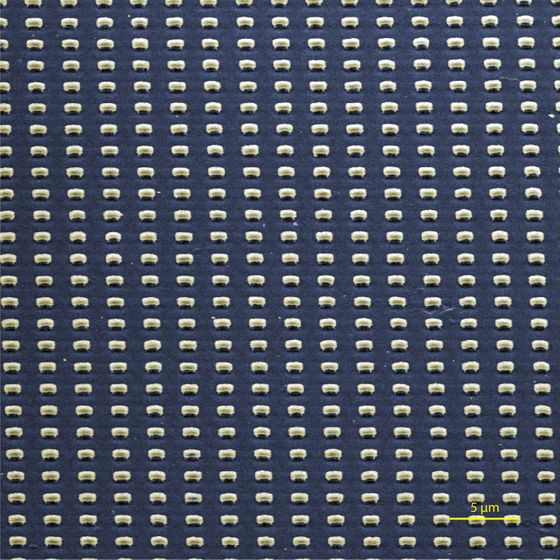Researchers develop devices that efficiently convert heat into light, which can help increase the efficiency of photovoltaic generation

by
In order to cope with climate change such as global warming, power generation using renewable energy such as sunlight and wind is being promoted all over the world. Researchers believe that the newly developed 'device that efficiently converts heat to light' will help raise the efficiency of photovoltaic generation more than ever.
Rice device channels heat into light
https://news.rice.edu/2019/07/12/rice-device-channels-heat-into-light-2/
Macroscopically Aligned Carbon Nanotubes as a Refractory Platform for Hyperbolic Thermal Emitters | ACS Photonics
https://pubs.acs.org/doi/abs/10.1021/acsphotonics.9b00452
Harnessing heat for 80% theoretical efficiency – pv magazine International
https://www.pv-magazine.com/2019/07/29/harnessing-heat-for-80-theoretical-efficiency/
A frequent problem with solar power generation is how to efficiently convert sunlight into electricity. Depending on the power generation efficiency, even with the same amount of solar power, the amount of power generation will change, but at the time of writing the conversion efficiency of the solar cell module on the market is at most 20%.
The waste heat generated in the process of solar power generation is also related to the output of solar power generation and the life of equipment, so it is said that researchers of solar power generation have attracted much attention. Researchers have addressed the issue of waste heat by introducing sophisticated cooling systems and combining waste heat generation facilities.

by
Therefore, researchers at Rice University in the United States have proposed a method of converting waste heat into light and using it again as a solar power resource. Gururaj Naik, Associate Professor of Electrical and Computer Engineering at Rice University, has developed a mechanism to convert heat into light using thermal radiation , where the object radiates heat as electromagnetic waves.
'The surface of objects with all heat emits light as heat radiation.' The problem is that while heat radiation is conducted in a broad band, the radiation is narrow in order to efficiently convert light into electricity. It needs to be done, ”Naik points out. Therefore, Naik et al.'S team has developed a device that uses carbon nanotubes to narrow down the electromagnetic waves emitted as heat to a narrower band.
The proof-of-concept devices developed by the research team are made by aligning carbon nanotube films that allow electrons to pass only in one direction. It can withstand temperatures as high as 700 degrees and convert the heat into light suitable for photovoltaic generation. The most efficient way to convert heat to electricity is to use turbines for power generation, but the team at Naik et al. Aims to simplify the task with a compact system that does not use moving parts.

Naik argues that adding the newly developed device to a standard solar cell can achieve an efficiency of about 22% or more, which is the peak power generation efficiency at the time of writing. 'Theoretical prediction gives us 80% power generation efficiency,' said Naik. As the next stage of research, the research team is combining solar cells and devices, and actually plans to convert the waste heat from solar power into light and use it again for power generation.
Related Posts:
in Science, Posted by log1h_ik







